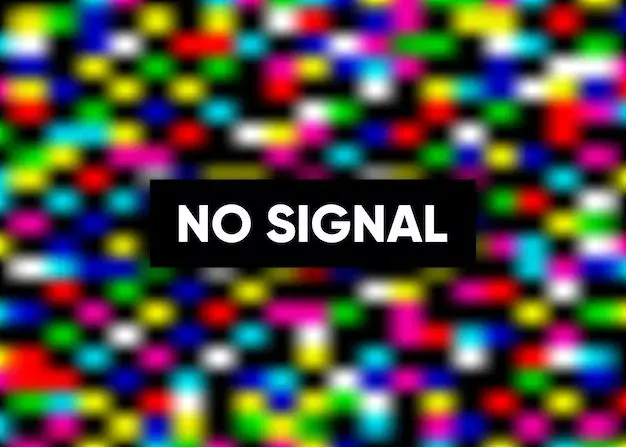Colors are a fascinating aspect of our visual perception. The human eye can see millions of different shades and hues, allowing us to make sense of the world around us. However, there are some colors that do not actually exist. These impossible or non-existent colors fall outside the range of wavelengths of light visible to the human eye.
The visible light spectrum
The colors we see are determined by the wavelengths of visible light. When all wavelengths of visible light are combined together, they form white light. Sir Isaac Newton was the first to demonstrate that sunlight could be split into different colored bands using a prism. Shorter wavelengths appear blue and violet, while longer wavelengths appear red.
The visible light spectrum that humans can see ranges approximately from 380 nanometers (violet) to 740 nanometers (red). Other animals can see different ranges of wavelengths. For example, bees can see light in the ultraviolet spectrum.
Impossible colors
While there are millions of shades and hues within the visible light spectrum, there are some colors that are impossible for the human eye to perceive. This is because they would require a color stimulus outside the range of wavelengths we can detect.
Here are some examples of colors believed to be impossible to see:
- Infrared – longer wavelengths beyond red
- Ultraviolet – shorter wavelengths beyond violet
- Stygian blue – a blue hue darker than the darkest blue we can see
- Hyperbolic orange – an orange hue brighter than the brightest orange we can see
While we cannot imagine or visualize these colors, scientists and artists have created images depicting what these impossible colors might look like.
Theories on impossible colors
Over the years, scientists have come up with theories for colors that sit outside the visible spectrum:
| Theory | Description |
|---|---|
| Impossible colors | Colors that are physically impossible to see given the human eye’s range of wavelength detection. |
| Forbidden colors | Colors that can be mathematically constructed but are impossible to see because the eye lacks the color receptors. |
For example, imagine a color that stimulates both the medium wavelength (green) and long wavelength (red) receptors in the eye, but does not stimulate the short wavelength (blue) receptors. This is an imaginary forbidden color nicknamed “reddish-green.”
Attempts to see impossible colors
While actually seeing impossible colors may not be achievable given human biology, there have been some attempts to simulate or provoke an experience of these colors.
Some examples include:
- Staring at bright colors – Can lead to an afterimage in an impossible color.
- Electrical stimulation of the brain – Can potentially trigger color sensations not based on real light input.
- Psychedelic drugs – Can provoke synaesthetic color experiences not seen in normal perception.
However, these effects tend to be temporary and unstable. The fundamental issue is that the eye and brain are simply not wired to process colors outside our normal visible range in a consistent way.
Impossible colors in art and culture
While impossible colors remain elusive to directly view, some artists have attempted to represent them in paintings, films, and other media. Here are some cultural examples featuring impossible colors:
- Surrealist paintings – Artists like Salvador Dali played with unreal and impossible scenery and colors.
- Psychedelic art – Tries to capture colors and patterns seen in altered states of consciousness.
- The Matrix movie – Used a green tint to represent the artificial reality of the Matrix.
- “Impossible colors” painting challenge – Artists imagine what impossible colors might look like.
Though we can’t actually see them, thinking about impossible colors opens up new avenues for abstract thought, imagination, and creativity.
Conclusion
The human eye can only see a small segment of the full electromagnetic spectrum of light. While this visible range covers millions of distinct hues and tones, there are hypothesized colors that sit outside the wavelengths we can detect. Some impossible colors may always remain elusive to our limited visual biology. Nonetheless, imagining and theorizing about impossible colors allows for creative explorations at the boundaries of human perception.


